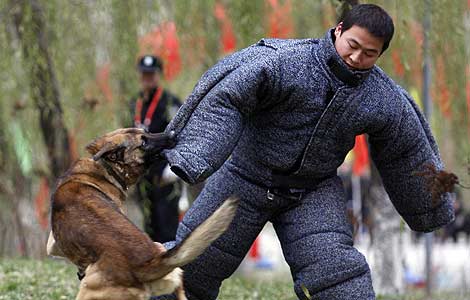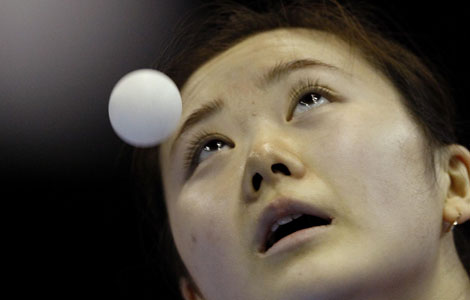New front to end poverty
Updated: 2011-11-30 16:19
(China Daily)
|
|||||||||
The government's aim is to let all residents share the fruits of economic growth.
So its decision to lift the poverty line from 1,196 yuan ($187) a year to 2,300 yuan is significant, not just because it will help those living below the poverty line, but because it represents the will to improve the living standards of poverty-stricken rural residents.
The decision, which was made at the central government's poverty alleviation conference on Wednesday, has long been expected.
Despite the great efforts the government has made in dragging impoverished people out of poverty in the past more than three decades, the country's poverty line has remained much lower than that of the United Nations.
It is understandable that when it began its economic reforms in the early 1980s, the country's poverty alleviation efforts were focused on keeping the destitute adequately fed and clothed, as the country's per capita GDP was only 858 yuan in 1985.
Since then the country's per capita GDP has increased considerably, to nearly 30,000 yuan in 2010. But despite this the poverty line was just 1,196 yuan, still much lower than the UN's one-dollar-a-day standard.
This time the poverty line has been raised by 92 percent to 2,300 yuan. It reaches the UN's standard for the first time and it is about 46 percent of the average income of rural residents, which stood at 5,000 yuan in 2010.
Raising the poverty level by such a large amount clearly demonstrates that the objective is no longer keeping poverty-stricken residents fed and clothed, it is improving their lives.
Naturally the size of the population living under the new poverty line will jump considerably from the 26.8 million living under the current poverty standard of 1,196 yuan. But it means that more rural residents will be covered by the government's poverty alleviation program.
Chinese leaders have reiterated time and again that the development goal is to let all Chinese people lead a decent life and the central government abolished the agriculture tax in 2006 to help improve the living standards of rural residents. In the same year, the government also exempted rural students from tuition and other education fees for nine-year compulsory education. From October the government launched a program to provide free lunch to rural students on trial basis, the annual allocation of 16 billion yuan from the central finance will benefit 26 million rural kids.
All these are supplementary to the poverty alleviation program and meant to let more residents share the fruit of economic growth.
With our economy becoming stronger, the poverty standard will continue to rise and so will the living standards of all residents.











